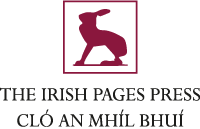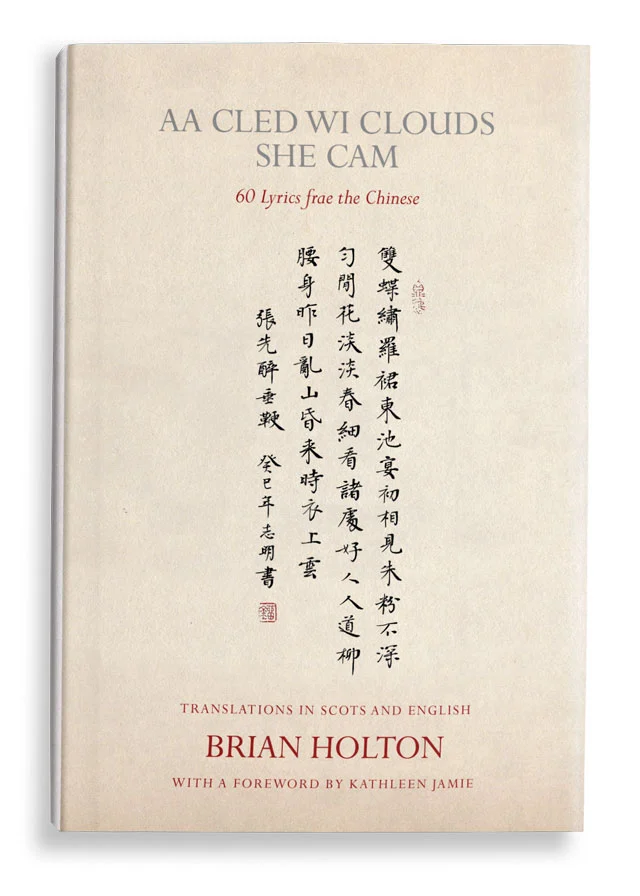Aa Cled Wi Clouds She Cam
60 LYRICS FRAE THE CHINESE:Translations in Scots and English
BRIAN HOLTON
Brian Holton is unique in that he can translate directly into Scots from the Chinese. This anthology consists of translations into Scots and English of the first sixty poems of the standard anthology Song Ci Sanbaishou (“300 Sòng Dynasty Song Lyrics”), edited by Zhu Zumou (1924), with a Translator’s Afterword/Owresetter’s Eftirword.
$30.00
In China, the “300 Song Ci” is the standard anthology for high school and undergraduate students. This book introduces Scots (and English) speakers to one of the major genres of Chinese lyric verse. This genre appeared in the ninth century, during the late Tang Dynasty, but is generally considered to have reached its full flowering in the following Song Dynasty (960-1279CE).
Among the most elegant and beautiful texts written in any language, these lyrics are of particular interest in that they demonstrate the multum in parvo (less is mair) principle: like Chinese calligraphy or landscape painting, great and subtle effects result from a high artfulness that looks artless. The two main schools of Song Ci are the heroic (haofang) and the delicately restrained (wanyue). They are also technically interesting, each being written to the irregular metrical structure of one of a selection of 800-odd models, each of which was derived from an existing song form, often from Central Asia. The authors include masters such as Fan Zhongyan (989-1052), Ouyang Xiu (1007-1072), Liu Yong (987-1053), and Yan Jidao (1031-1106), as well as lesser-known writers.
—
“Brian Holton is the living master of literary Scots.”
Kathleen Jamie, Scotland’s Makar (national poet laureate)
—
“Holton is a true scholar, and a master of the Scots tongue. His translations of classic Chinese poetry flow beautifully, rippling with authenticity and learning.”
Robert Alan Jamieson, poet
—
desktop/tab
mobile
| Weight | 530 g |
|---|---|
| Dimensions | 247 × 160 × 30 mm |



